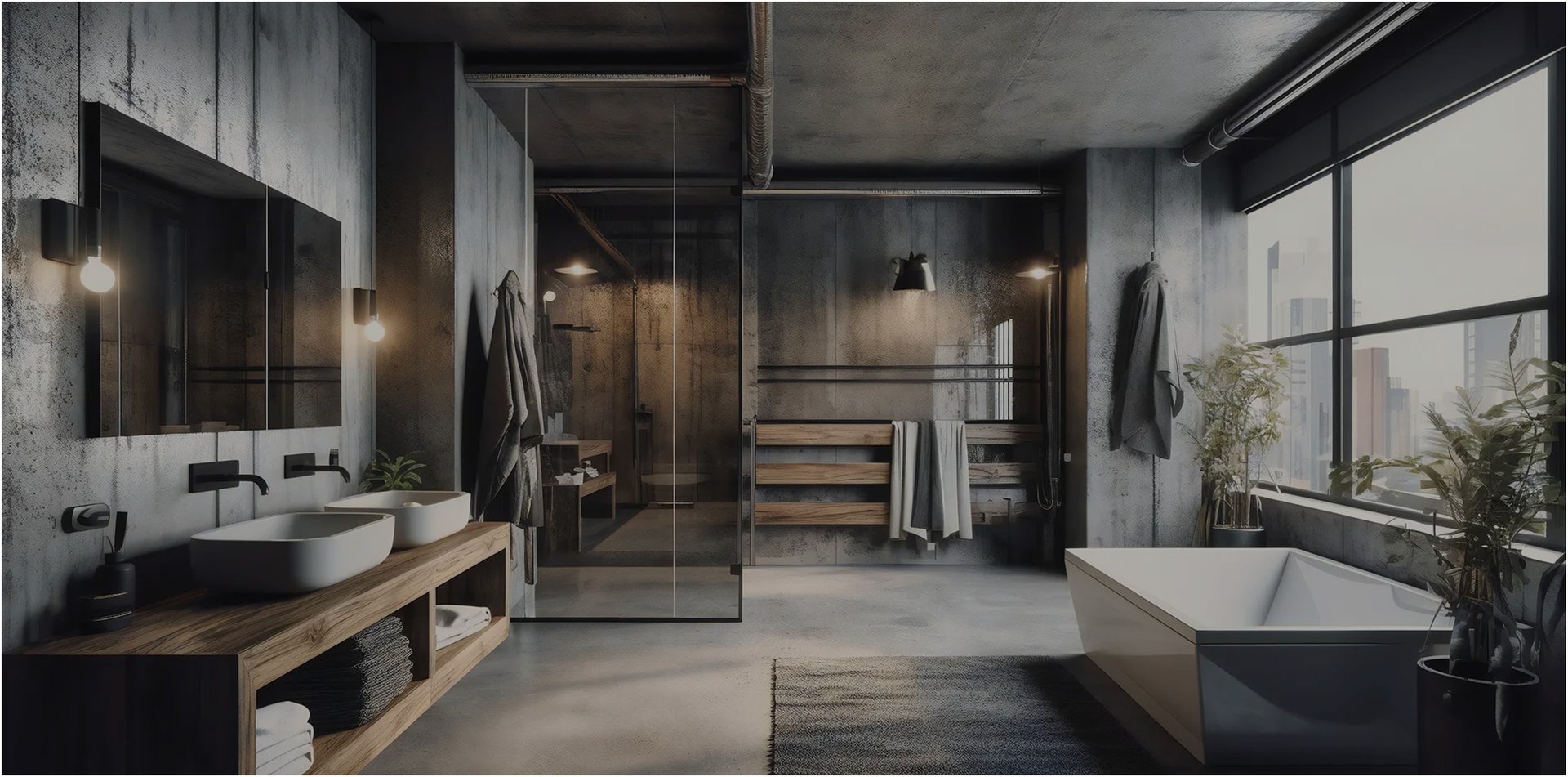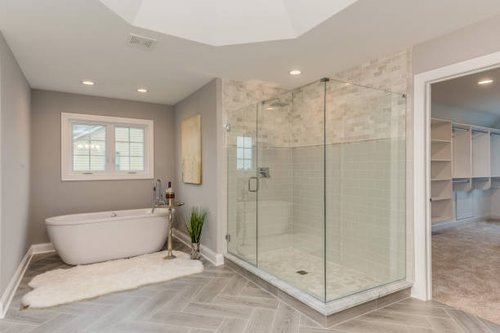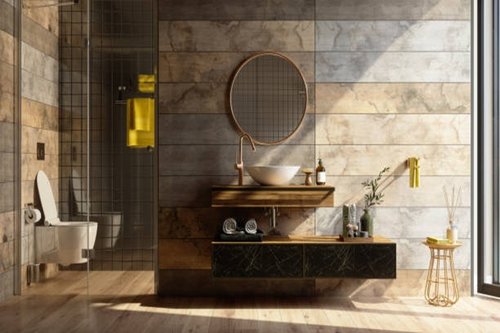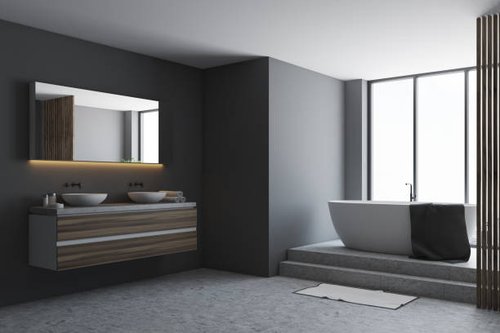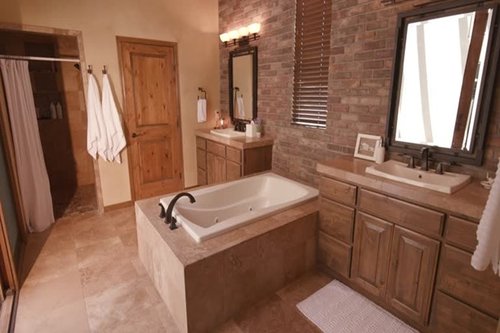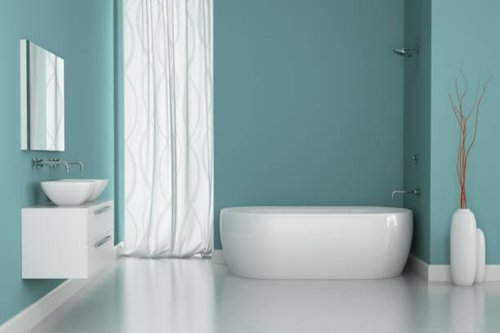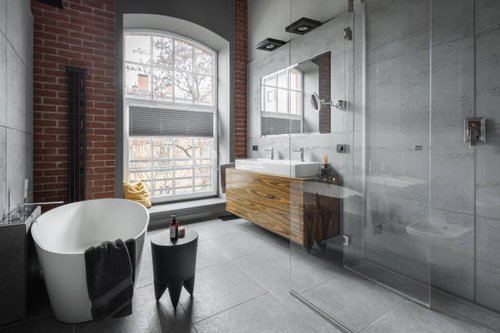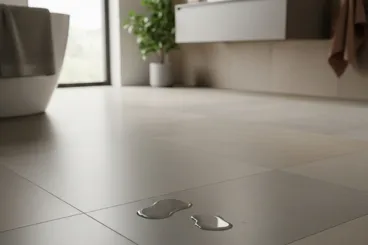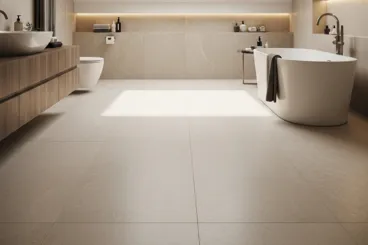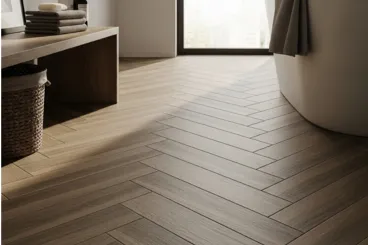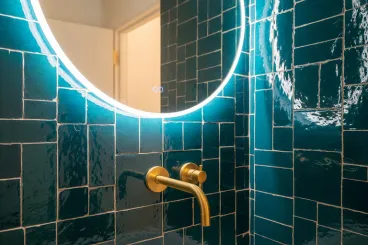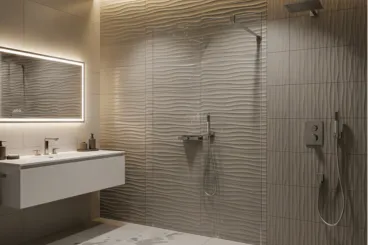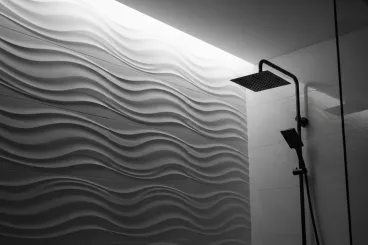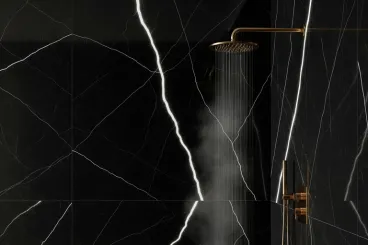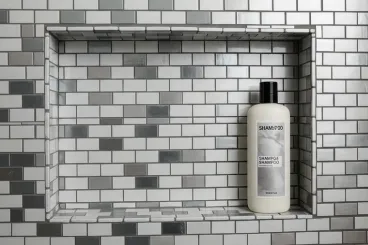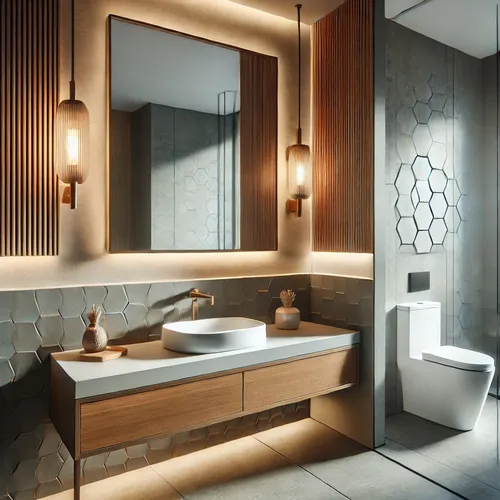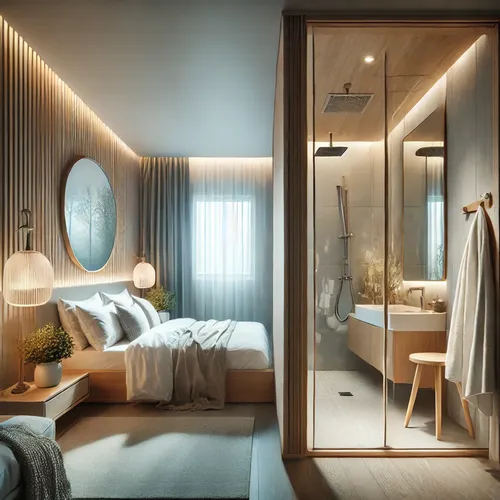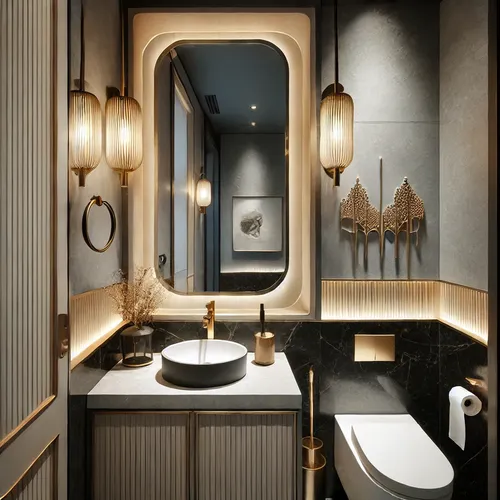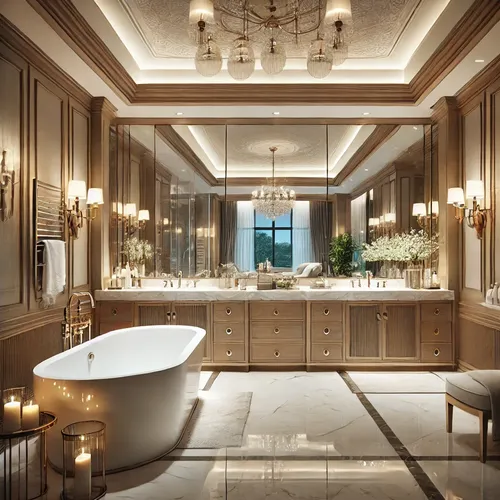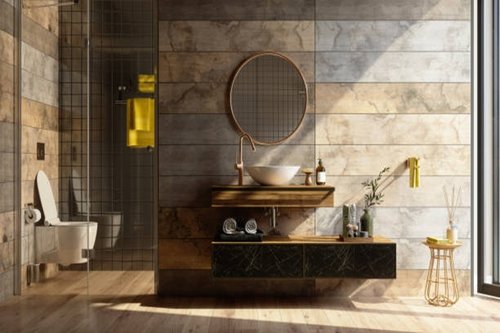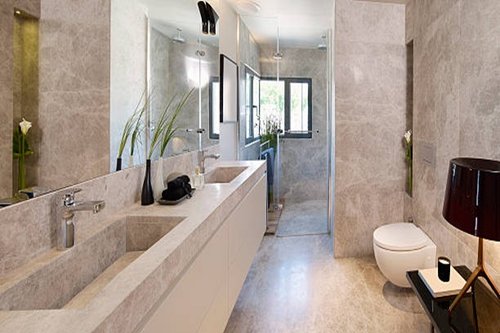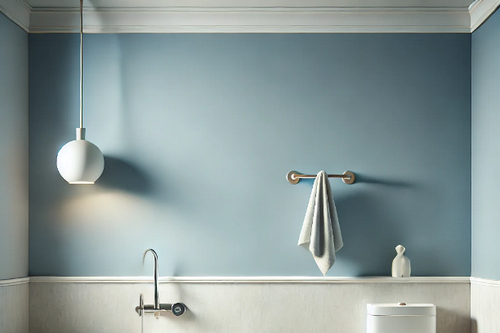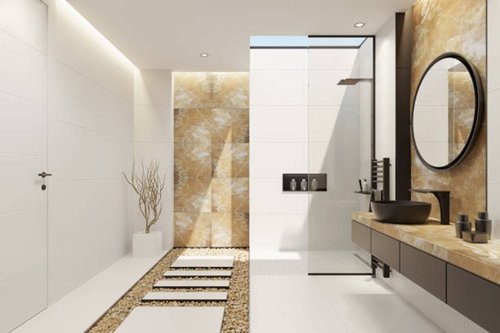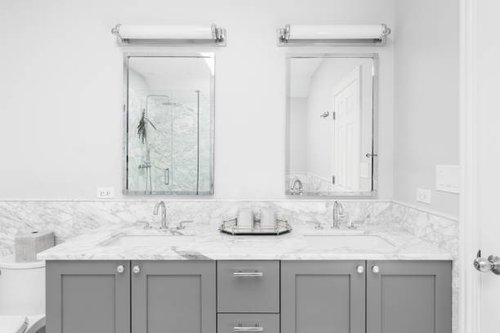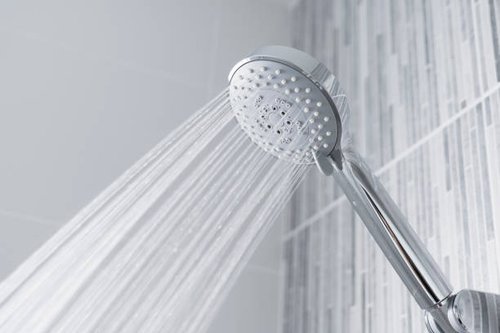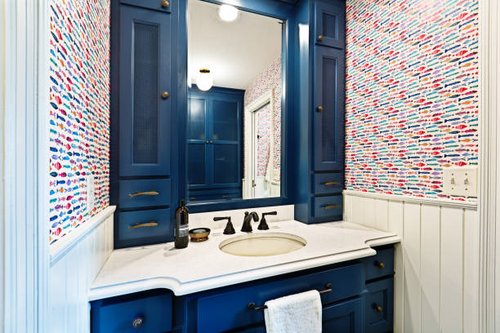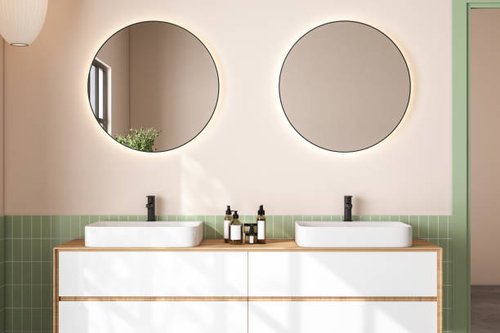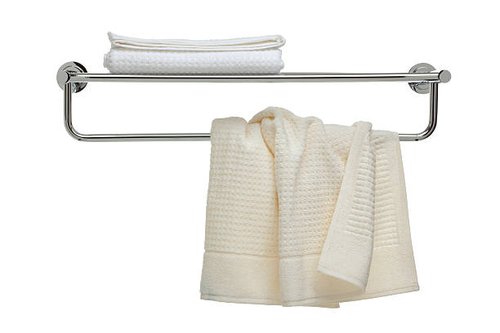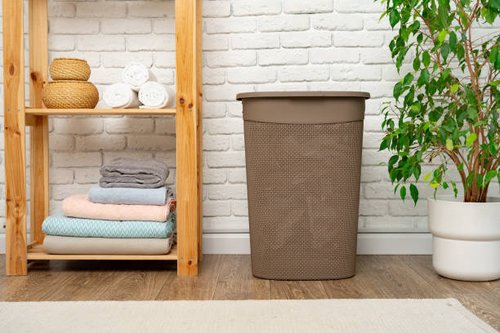"Step into a bathroom crafted for relaxation, where elegance meets practicality in every detail. Elevate your daily routine with designs that embody comfort, sophistication, and a touch of luxury."
Explore Our Bathroom Selections
From refreshing updates to full-scale transformations, OpalSpace redefines bathroom design. It combines design style, comfort, and affordability to craft a that's yours.
Current Clients
Years of Experience
Awards Won
Offices Worldwide
An oasis found in the comfort of your home.
As urban spaces shrink and lifestyles evolve, there’s an evident surge in the need for flexible, space-conscious solutions becomes paramount. Current bathroom interior designs answer this call with their inherent adaptability and efficiency in contemporary living. This approach ensures consistent quality along with easy customization and future modifications.
Because they accommodate changing needs over time to become responsive components of the modern home.
Reasons to Choose Our Bathroom Designs
Why Modern Bathroom Designs and Renovation?
Modern bathroom design is rooted in a rigorous understanding of spatial dynamics and ergonomic principles. It leverages precision-engineered components to streamline installation and maintenance, simultaneously facilitating constant adaptability to changing needs. Careful consideration of ventilation, illumination, and water conservation fosters sanitary and environmentally responsible bathrooms.
Far beyond surface beauty, contemporary design embodies technical mastery to go with the flow of ever-evolving nature of today’s world.
 User Concerns |
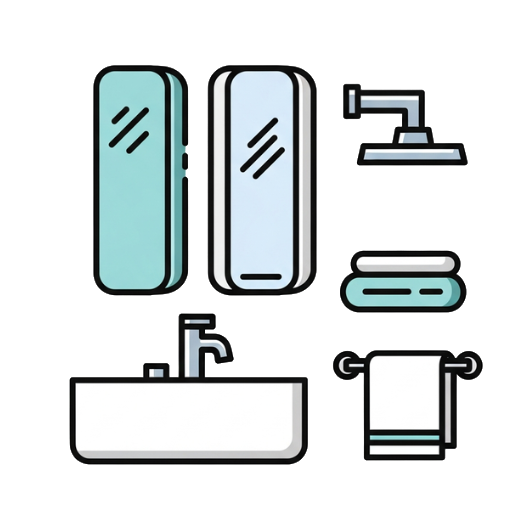 Modern Bathroom Design Solution |
 Practical Benefit to You |
|---|---|---|
| Limited space | Modular layouts and compact, multi-functional fixtures | More usable space without feeling cramped |
| Long renovation time | Precision-engineered, pre-fabricated components | Faster installation, less disruption |
| Changing family or lifestyle | Modular and adaptable design allowing for easy modifications as lifestyle needs evolve | Bathroom adapts as your needs change |
| Maintenance hassles | Durable, water-resistant materials and smart water management | Easy cleaning and fewer repairs |
| Poor lighting or ventilation | Customized lighting plans and advanced ventilation systems | Improved comfort, hygiene, and energy efficiency |
| High water consumption | Eco-friendly fixtures and water-saving technology | Lower utility bills and environmental impact |
| Desire for aesthetic appeal | Clean lines, modern finishes, and integrated technology | A stylish, contemporary bathroom you’re proud of |
Inspiring Concepts for Bathroom Tiles Design
Tiles serve as the structural and functional skin of a bathroom. Beyond their visual role, they form the primary barrier against moisture infiltration, safeguarding underlying surfaces from long-term damage. When selecting tiles for your bathroom floor and walls, you are directly influencing durability, ease of maintenance, and overall hygiene, qualities critical in high-moisture environments.
Indian bathrooms are seeing a strong move towards contemporary tile designs to set a duo of moisture resistance and design adaptability. Here are some of the hottest trends for 2025.
A Close Look at Practical Basin Designs for All Size Bathroom Layouts
In modern interiors, the choice of basin designs for the bathroom extends beyond shape or finish, as it also involves evaluating ergonomics, cleaning efficiency, and prolonged service life. There are a few well-established industry principles and technical standards for installing a basin in the bathroom, especially when working to professional interior design and architectural norms.
Countertop Basin
Perfect for basic setups
- Space Needs counter space
- Install Easy
- Look Modern & premium
- Maintenance Easy
- Best For: Luxury/master bathrooms
Wall-Mounted Basin
Perfect for basic setups
- Space Saves floor space
- Install Moderate (strong wall needed)
- Look Sleek, minimal
- Maintenance Very easy
- Best For: Small bathrooms
Pedestal Basin
Perfect for basic setups
- Space Medium
- Install Easy
- Look Classic
- Maintenance Simple
- Best For: Guest bathrooms
Semi-Recessed Basin
Perfect for basic setups
- Space Needs counter cut-out
- Install Moderate
- Look Stylish + practical
- Maintenance Counter edges need care
- Best For: Narrow counters
Under-Counter Basin
Perfect for basic setups
- Space Full countertop needed
- Install Harder
- Look Seamless & modern
- Maintenance Counter may stain
- Best For: Large/modern vanities
Corner Basin
Perfect for basic setups
- Space Very compact
- Install Moderate
- Look Space-smart
- Maintenance Easy
- Best For: Tiny bathrooms
Get Incredible Design Right Now!
At every stage, we supervise your project, managing all the details and coordinating with the builders.













